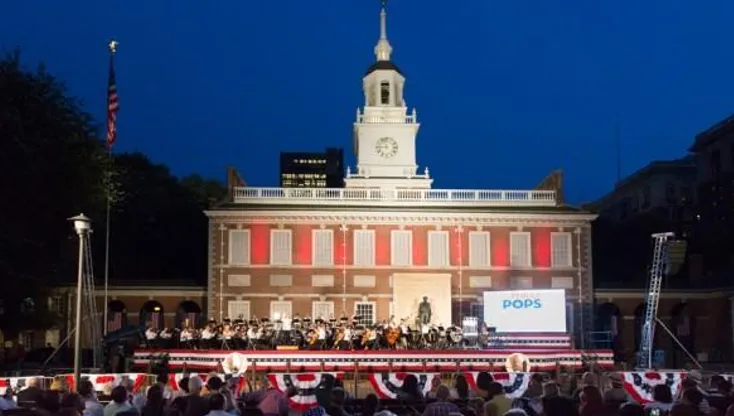PHILADELPHIA - What was Philadelphia like during the early days of colonial America? The city had many characteristics, including a thriving port and an abolitionist sentiment. Here's why it was so crucial to its colonial inhabitants. After all, the city was the first capital of the United States. Moreover, it was the center of culture and abolitionist sentiment.
Philadelphia Was A Port Town
As the largest port, Philadelphia had attracted immigrants from various parts of the world. In the early 1800s, nearly half the population was foreign-born, primarily Germans, Irish, and British. In addition, almost 30,000 Russian Jews and 20,000 Italians had settled in the city. By the turn of the twentieth century, the town was home to more than a million foreign-born residents.
The first mass migration to Philadelphia occurred in the eighteenth century when the Pennsylvania Provincial Assembly required ship captains to submit lists of passengers and cargo before leaving port. By 1717, more than seven thousand German immigrants had made the seven-week journey to Philadelphia. From 1749 to the beginning of the American Revolution, over one hundred thousand Scotch-Irish landed in Philadelphia. By the 1880s, the port had grown to the fourth largest immigrant port in the United States.
It Was A Center Of Culture
By the late seventeenth century, Philadelphia was the heart of colonial America's political, cultural, and intellectual life. The city was home to many of the country's most important institutions, such as the College of Philadelphia, the Library Company of Pennsylvania, and the Pennsylvania Hospital. The city attracted talented individuals from across the region and the Atlantic World, and its thriving culture supported innovations in public welfare, printing, humanities, and arts. The American Philosophical Society was founded in Philadelphia.
Philadelphia is also known as the birthplace of the American Revolution and the site of the Declaration of Independence. Among the many places of interest in the city are Independence Hall and the Liberty Bell. Independence Hall contains the Declaration of Independence and the Constitution of the United States. Betsy Ross' home is still standing on Arch Street. Several historical buildings have been designated as National Historic Sites.
It Was The Capital Of The United States
Philadelphia, Pennsylvania, was the early capital of the United States after the Constitution was ratified. However, the nation's capital moved from Philadelphia to Washington on May 14, 1800. Several factors led to the move, including a compromise between Thomas Jefferson and Alexander Hamilton over slavery and a rowdy incident involving Continental soldiers in 1783. Even so, Philadelphia had long been a vital hub of the new nation and was accessible from North and South.
The city's rapid growth made it one of the first planned cities in America. In 1699, it was laid out by Governor Francis Nicholson, who wanted a new, orderly city to be the capital of the largest British colony in the Americas. At the time, it was home to the oldest legislative assembly in the New World. Despite its early failures, the city quickly became the center of economic and political life for Virginia.
It Was A Center For Abolitionist Sentiment
Abolitionist sentiment began in Philadelphia around 180 years ago, when a group of abolitionists gathered to write a manifesto and Constitution. They based the manifesto on the central idea of the Declaration of Independence, the Biblical command to love one's neighbor. Philadelphia's first president was Arthur Tappan, while William Lloyd Garrison penned the Declaration of Sentiments, the body's official statement.
Abolitionists in Philadelphia were motivated by the plight of enslaved Africans in the city, and many of these citizens were wealthy. In 1775, Philadelphia merchants held auctions of enslaved people outside the London Coffee House, a meeting place of Philadelphia's anti-slavery Quakers. This group organized anti-slavery meetings and eventually helped the state pass the first emancipation law.



